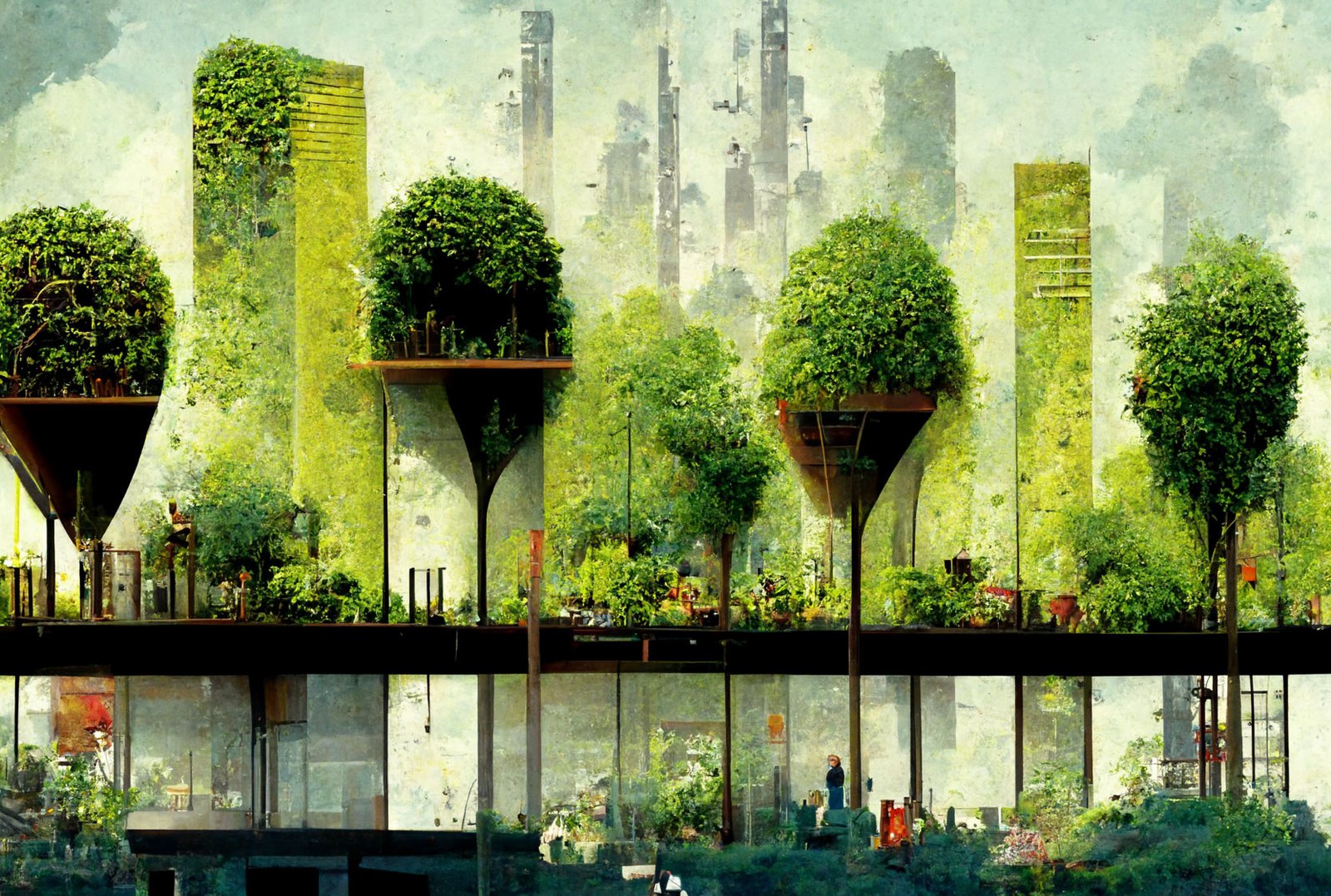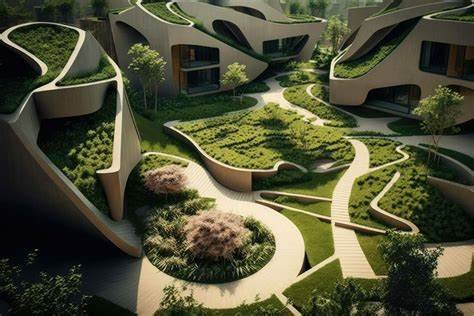Landscape architecture plays a critical role in cultural preservation by blending the natural environment with historical, cultural, and social elements. Through thoughtful design, landscape architects help maintain the connection between communities and their heritage. This is particularly evident in the preservation of historical landmarks, the integration of local traditions, and the management of cultural landscapes. In this article, we’ll explore how landscape architecture contributes to cultural preservation.
1. Protecting Historical Sites and Landmarks
One of the primary responsibilities of landscape architects in cultural preservation is the maintenance and restoration of historical sites and landmarks. These sites, ranging from ancient ruins to battlefields, need careful planning to prevent degradation while ensuring they remain accessible to the public. Landscape architects collaborate with historians and conservationists to preserve the integrity of these locations.
Examples:
- The Alhambra Gardens (Spain): The design of these iconic gardens incorporates both historical preservation and modern needs, ensuring the site’s cultural significance is maintained.
- The Great Wall of China: Efforts to preserve the surrounding landscapes include measures to protect the site from the effects of tourism and environmental wear.
2. Incorporating Local Traditions and Practices
Landscape architects also help preserve cultural heritage by incorporating local traditions, beliefs, and practices into their designs. Many regions have specific ways of interacting with nature that hold cultural and spiritual significance. Whether it’s the use of particular plant species, water features, or materials, landscape architects can help ensure that these practices are honored in modern design.
Examples:
- Japanese Zen Gardens: The use of rocks, water, and plants in Zen gardens has spiritual and philosophical significance, with landscape architects maintaining their design principles to preserve the cultural context.
- Indigenous Knowledge in Landscape Design: In many parts of the world, indigenous peoples have developed sustainable and culturally significant ways of managing land. Landscape architects incorporate this knowledge into design projects that honor these traditions.
3. Managing Cultural Landscapes
Cultural landscapes, such as sacred sites, ancient farming terraces, and historical urban centers, are living representations of cultural heritage. These landscapes, shaped by both human activity and natural forces, require careful management to ensure their preservation. Landscape architects play a key role in maintaining these areas by balancing conservation with the needs of modern life.
Examples:
- The Rice Terraces of the Philippine Cordilleras: These ancient terraces represent an integration of agricultural practices and cultural traditions that need ongoing preservation.
- Bali’s Subak System: This traditional water management system, essential to Bali’s rice terraces, is recognized by UNESCO as an important cultural landscape.
4. Revitalizing Historic Urban Spaces
Many urban spaces have historical significance, but over time, they may become neglected or outdated. Landscape architects help revitalize these areas, ensuring that their cultural heritage is preserved while integrating modern amenities. Through revitalization projects, cities can reconnect with their past while providing spaces for future generations.
Examples:
- The Royal Mile (Edinburgh, Scotland): Preservation and restoration of public spaces on this historic street help maintain its cultural importance while supporting modern activities like tourism and community events.
- Hanoi Old Quarter (Vietnam): The restoration and protection of this area celebrate Hanoi’s rich history and culture, making it a vibrant hub for both locals and tourists.
5. Promoting Cultural Expression through Public Spaces
Public spaces are often where cultures express their identity. Landscape architects design these spaces to reflect and celebrate the cultural heritage of the community. By including art, monuments, and design elements that symbolize a culture’s values and history, these spaces foster pride and a sense of belonging.
Examples:
- The National Mall (Washington, D.C., USA): Monuments and memorials designed by landscape architects celebrate American history, democracy, and national identity.
- Peace Memorial Park (Hiroshima, Japan): Designed to commemorate the victims of the atomic bombing, the park serves as a symbol of peace and remembrance.
6. Sustainability and Cultural Preservation
Sustainable landscape practices are vital for preserving cultural landscapes. In many cases, traditional methods of land management, such as agroforestry or rainwater harvesting, are inherently sustainable. Landscape architects can integrate these practices into modern designs, ensuring that cultural heritage is maintained in harmony with environmental needs.
Examples:
- The Tequila Valley (Mexico): Landscape architects help preserve the agave fields, integral to tequila production, while promoting sustainable farming techniques.
- Urban Green Spaces (Various Locations): Cities worldwide are incorporating sustainability into their public spaces, blending modern environmental practices with historical and cultural preservation.
Conclusion
Landscape architecture plays an essential role in cultural preservation by protecting historical sites, maintaining cultural landscapes, and integrating local traditions into modern design. Through the careful planning and management of outdoor spaces, landscape architects help ensure that future generations can connect with and appreciate their cultural heritage. Whether working on public parks, historic districts, or natural sites, landscape architects continue to be vital stewards of our cultural and historical legacy.




